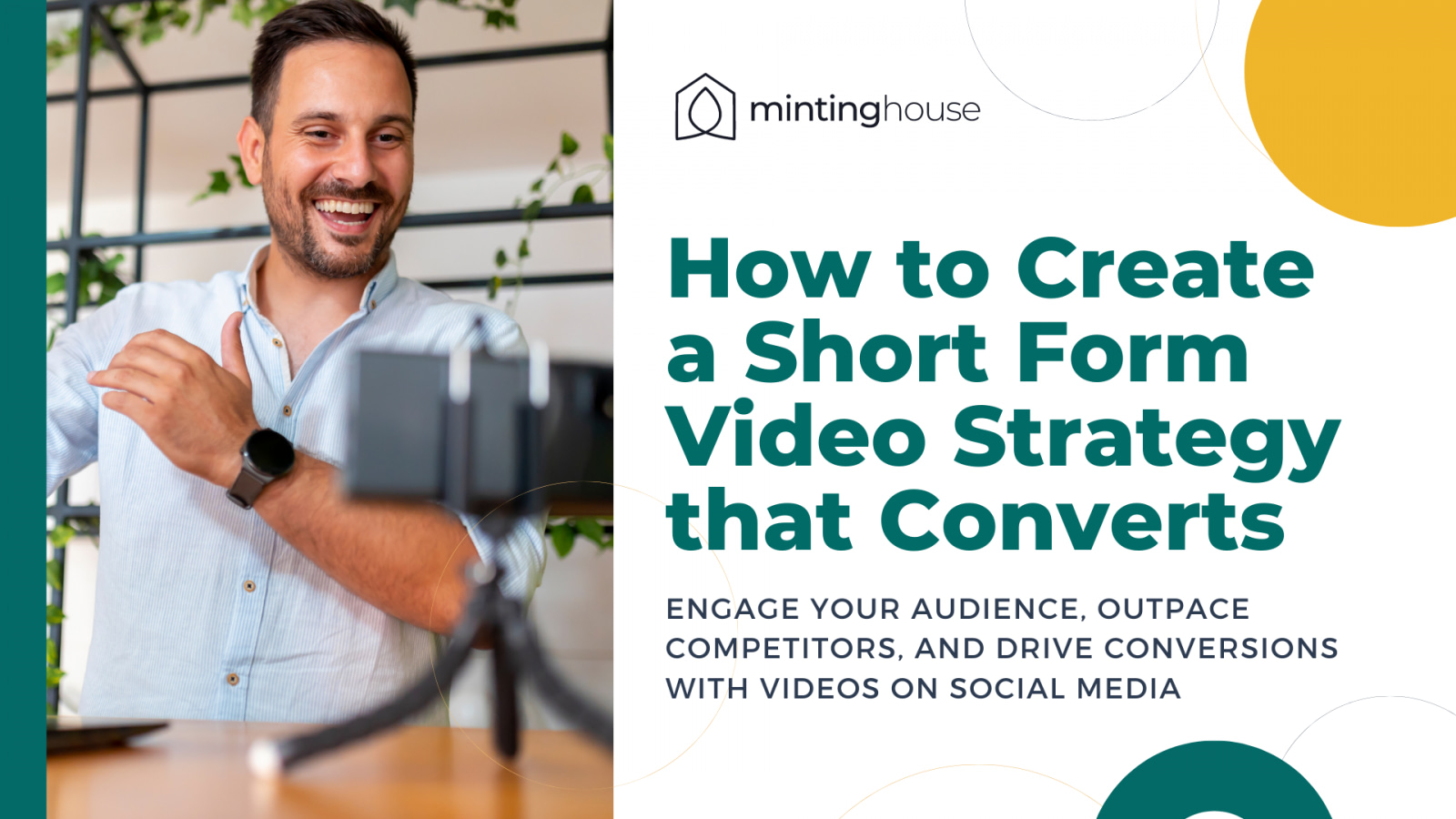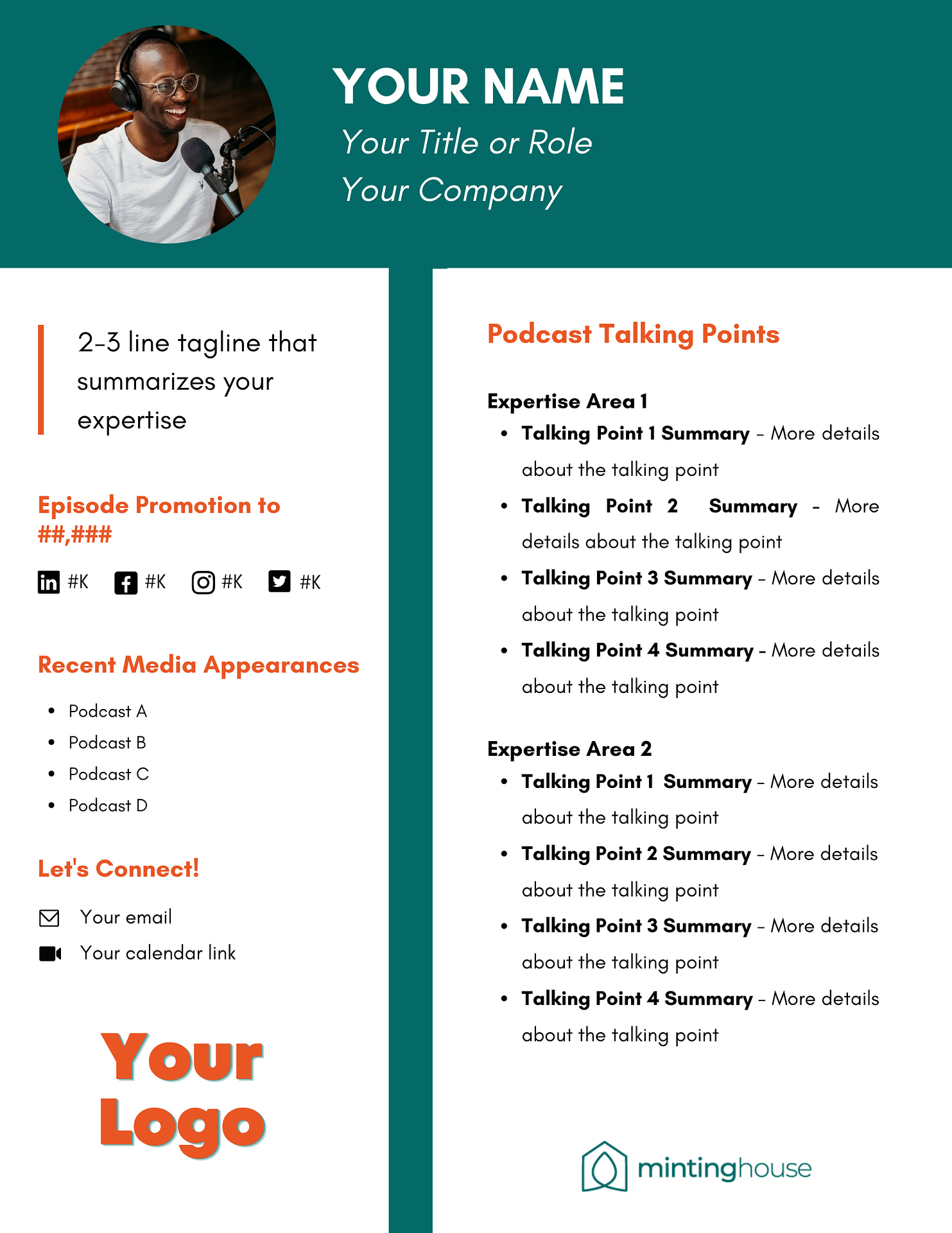Engage Your Audience, Outpace Competitors, and Drive Conversions with Videos on Social Media
In today's fast-paced digital landscape, short-form video has become a top-performing approach for brands looking to improve their online presence.
With social media platforms like TikTok and Instagram prioritizing and optimizing short-form video, it's no wonder 91% of businesses use video as a marketing tool.
Video drives measurable results, too. Incredibly, 92% of marketers report a positive return on investment (ROI) on video content, with 87% feeling video has a direct, positive impact on sales.
Neil Patel, a digital marketing expert is all in on video strategy as well - stating “Short-form videos should be an essential part of your content marketing strategy because they can help you reach a wider audience and engage them in less time."
To stay relevant and competitive in today's marketplace, you need to have a solid short-form video strategy that converts. This step-by-step guide will show you how to create a winning strategy that engages your audience and drives conversions. Let's get started.
Step 1: Define your Audience
Before you start creating your short-form video content, clearly defining your target audience is essential:
By clearly understanding your ideal customer, you can create video content that speaks directly to them. Keep in mind 80% of today's consumers crave personalization. A positive, personalized experience leads to a 20% higher customer satisfaction rating and, critically, a 10 to 15% boost in conversion rates.
To define your audience, start by creating buyer personas. These are fictional representations of your ideal customers based on research and data. Your buyer personas should include demographic information, such as age, gender, and location, as well as psychographic information, such as interests, values, and behaviors.
Once you have your buyer personas, you can create short-form video content that resonates with them. For example, if you're targeting millennials interested in eco-friendly products, you might create a series of short videos showcasing the sustainable practices of your business.
By defining your audience upfront, you can create short-form video content that is:
Step 2: Define your Goals
You need a clear goal for each campaign to create a successful short-form video strategy. What primary action do you want users to take after watching your video content? For example, do you want them to schedule a call with you, download your free guide, or listen to your podcast?
Identifying your campaign goal will help you create more targeted and effective short-form video content. For example, if your goal is to drive sales of a specific product, you might produce a series of short videos showcasing the product's features and benefits, with a clear call to action at the end of each video.
Pro tip: Whatever your goal, make sure it's specific, measurable, and achievable. This will help you track the success of your short-form video campaign and make any necessary adjustments along the way.
Step 3: Identify Trending Content Topics
You need to understand your audience's interests to create short-form video content that resonates. Use content research tools like BuzzSumo to identify the topics and trends that are most popular among your target audience.
Generate a list of 10 to 20 topics in demand for your audience. These could be topics related to your product or service or broader topics your audience is interested in. For example, if you run a fitness business, your topics might include "quick and easy at-home workouts" or "healthy meal prep ideas."
Once you have your list of topics, brainstorm video ideas that align with each topic. Short-form videos should be under 60 seconds, so you can probably create between one and five videos per topic. Be creative and think outside the box to create engaging, unique video content that captures the audience's attention.
Step 4: Pick your Social Media Platforms
After defining your audience and identifying your campaign goals, it's time to pick the social media platforms where you'll be sharing your short-form video content. Not all platforms are created equal, and each platform has its own unique audience, features, and best practices.
Conduct research to identify the top social media platforms where your audience spends time online. In general, B2C clients are best accessed on TikTok, Facebook, YouTube, and Instagram, while B2B clients generally spend more time on LinkedIn and Twitter.
Focus your efforts on the platforms where your audience is most active. This will help you maximize your reach and engagement and ultimately drive more conversions for your business.
Step 5: Research Platform-Specific Video Trends
Research the top video trends on the social media platforms you've selected. Find out what video sizes work best, what types of sound or music is popular, what types of captions or graphics are engaging, and what video editing features are available.
Stay up-to-date with each platform's latest video trends and features to create content that stands out.
Step 6: Create a Content Calendar
Now that you have your list of trending content topics, it's time to plan your short-form video content across a fixed period. This is where a content calendar comes in handy. A content calendar is a schedule of the content you plan to create and share across various social media platforms.
Use your list of topics to plan your videos across a month or quarter. Remember to align your videos with seasonal trends, holidays, and your overall marketing and content calendar. This will help you stay organized and ensure your video content is cohesive and aligned with your overall brand messaging.
A content calendar also allows you to plan ahead and ensure you have a steady stream of video content to share with your audience. This can help you build momentum and increase engagement over time.
Step 7: Write your Video Scripts
A critical aspect of creating short-form videos that convert is having a clear and concise script that captures your audience's attention and directs them toward your desired call to action.
Create a few bullet points for each video, or write a full script to ensure you stay on message and use relevant keywords. Add an enticing hook in the first one to three seconds and close with a compelling call-to-action that directs viewers to take a specific action, like clicking the link in your bio, downloading your e-book, or scheduling a meeting.
Pro tip: Keep your scripts under 60 seconds (about 160 words) and create a variety of video lengths between 10 and 60 seconds. You'll want to test various options to see what works best for your audience. Your script should be concise and engaging and directly address your audience's pain points and needs.
Step 8: Batch Record your Videos
Batch recording your videos can help you save time and stay consistent with your content. It allows you to record several videos in one sitting while you're in the zone without worrying about setting up your equipment and repeating the same tasks over and over again.
Moreover, batch recording ensures that your videos have a consistent look and feel, which helps to build your brand and establish trust with your audience. Remember to note the topics you've covered and which are yet to be done so you don't repeat the same topic twice or miss out on important ones.
Pro tip: Test your audio and lighting before starting your recording session so you don't waste time troubleshooting mid-session.
Another pro tip: When creating videos for social media, frame your shots vertically. Most social media platforms are optimized for vertical videos, and users are more likely to engage with content that fills their screens.
Step 9: Post and Promote
After recording and editing your videos, post them on your social media channels. Add stickers, graphics, and music to your videos to make them visually appealing and engaging. Follow the best practices and trends of each social media platform.
Don't forget to include a caption with relevant hashtags, a call-to-action, and a link (if appropriate) to drive traffic to your website or landing page. Engage with your audience by responding to their comments and feedback.
Pro tip: Don't rely solely on organic reach to get your videos in front of your target audience. Consider setting aside a budget for paid social media advertising to reach a wider audience and attract more potential customers. Use targeting options to ensure your ads are showing to the right people based on their interests, demographics, and behaviors.
Leverage the Power of Video Content Today
Creating short-form videos that convert requires careful planning, research, and execution. By creating and implementing an audience-aligned video content strategy, you can achieve your conversion goals and grow your brand's thought leadership.
If you need help with your video strategy or branded video content creation, our video team is here to support you, so schedule a call today. Let's create high-quality, engaging videos that drive results for your business.



